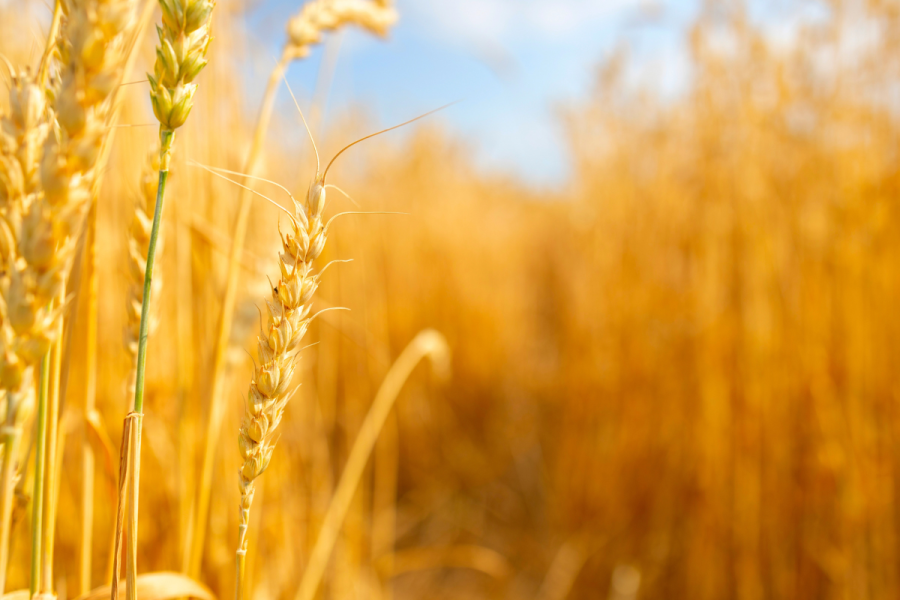It’s often said that farmers must manage risk, something that’s been much quoted in 2022 as input costs have soared and extreme weather has again grabbed headlines. But what does the phrase actually mean? CPM finds out.
As input costs change, so your strike price may also change.
By Paul Spackman
There’s no denying farming is a risky business. Increasingly unpredictable weather, volatile global markets, new pest and disease threats, and changing legislation are just some factors that can contrive to scupper even the best laid plans.
With little, if any, control over many of these factors, farmers may understandably feel that ‘managing’ risks is somewhat idealistic – nice in theory but practically impossible.
But Will Foyle, farm business consultant for Hutchinsons, says managing risk essentially boils down to turning ‘unknowns’, such as the grain price or uncertainty over whether a crop will perform, into ‘knowns’. This could involve selling a proportion of grain forward to lock into a known price for next harvest, or changes to rotations or cropping choices to reduce the uncertainty associated with riskier crops.
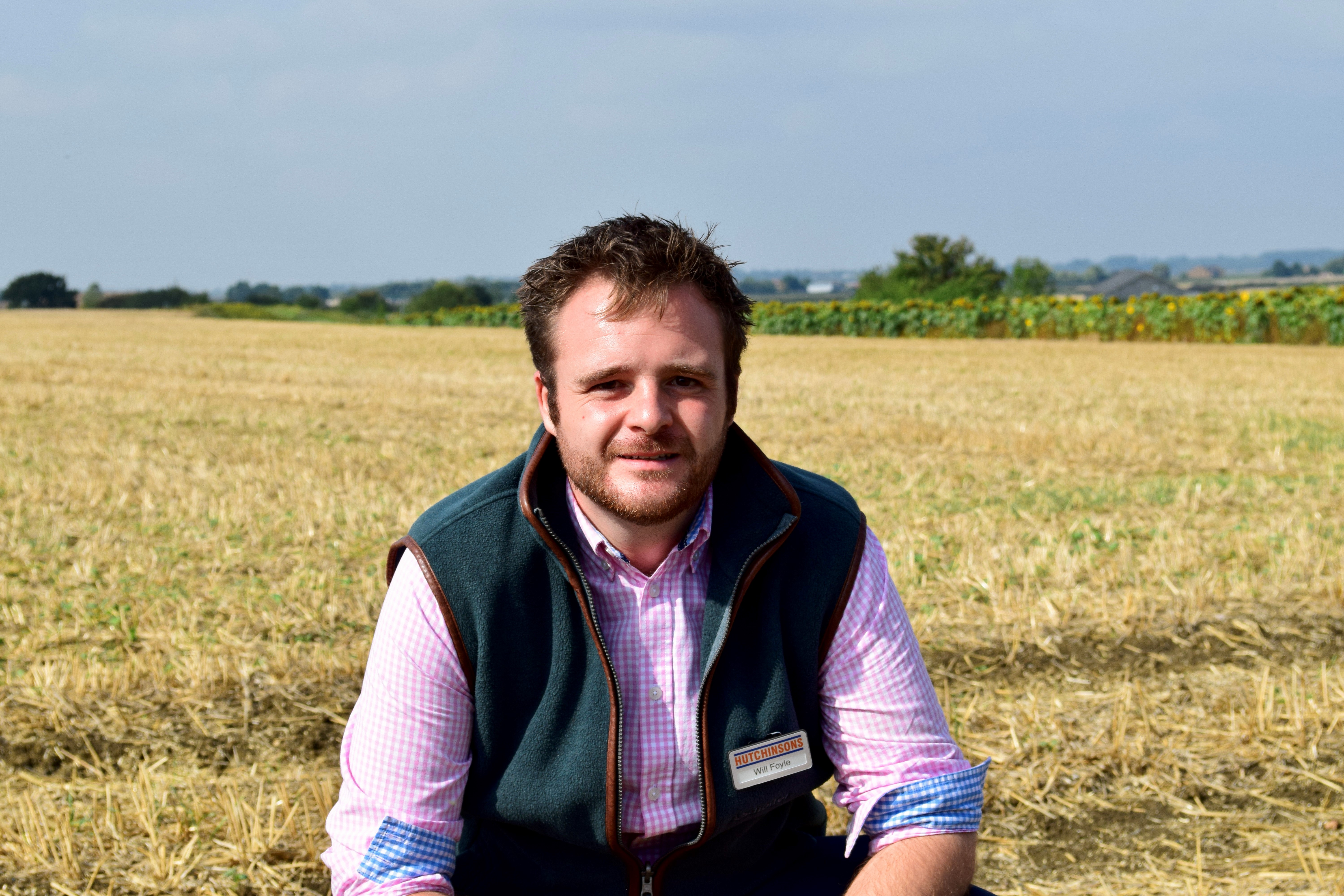
Will Foyle says managing risk essentially boils down to turning ‘unknowns’ into ‘knowns’.
Indeed, there are many different aspects and timescales to risk management, from short-term seasonal risks that may drive variety choices or the type of fertiliser applied, to longer-term considerations around rotation, cultivation policy or whether to crop certain areas of land, he says.
The starting point for managing risks at the farm scale is to budget properly and understand your true cost of production, according to Will.
“Many farmers still don’t budget properly and often put a crop in the ground assuming it can make money. But with variable and fixed costs now much higher, the capital exposure is a lot greater and it’s crucial that every pound spent is worthwhile.”
At the very least, a gross margin budget for individual crops should be calculated and total fixed costs at a whole farm level (£/ha) worked out, he advises. This information can be used to identify the sale (‘strike’) price necessary for crops to return a profit.
“As input costs change, so your strike price may also change. But at least having this information lets you make more informed buying and selling decisions throughout the season.”
Will supports committing a proportion of crop forward to lock into a known price, while keeping some flexibility to sell further tonnage on spot markets through the season. “You’re unlikely to ever hit the top of the market with everything, but equally, if you are taking sales throughout the year your average price means you won’t hit the bottom of the market.”
Farm profitability hinges on a well-balanced rotation, which will be determined by a host of agronomic and business factors. The key is to retain rotational balance and cropping diversity rather than making knee-jerk reactions to high prices, he adds.
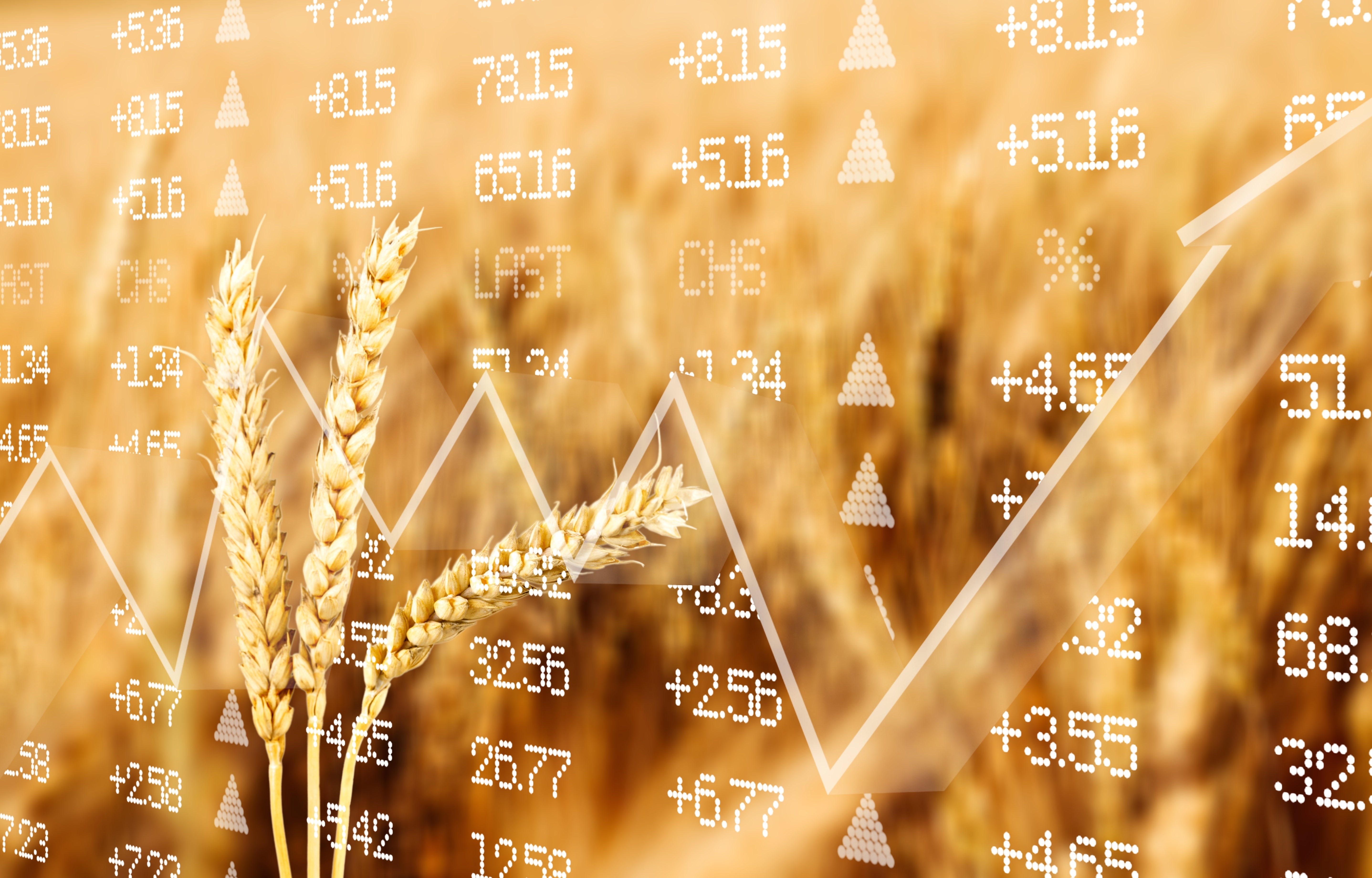
Knowing your ‘strike’ price lets you make more informed buying and selling decisions throughout the season.
Farmacy agronomist Jim Woodward recommends conducting sensitivity analysis to see how yield and price fluctuations affect gross margins and farm profitability. This is particularly true for alternative high value, low yield niche crops, where the margin for error can be slim, he says.
“Some niche crop contracts may appear very attractive on paper but ask yourself how easy it will be to achieve that yield and specification, and how the finances will look if yield’s down by 5%, 10% or even 20%.”
Rotation planning should also consider the multi-year implications of any changes, he adds. “In most cases, winter wheat remains the most profitable combinable crop, so any break crop should allow for a good entry into a first wheat. If you’re growing sugar beet or renting land for potatoes, think carefully whether it is worth the risk of damaging soil or delaying establishment of following crops.”
Understanding the variability within fields and reasons for this is a vital step in managing risk and has been made much easier with digital mapping technology, such as Omnia and Terramap.
“Yield mapping is the best form of data collection any farmer can do,” says Will. “Most modern combines are fully equipped now, but even retrofit kits for older machines aren’t very expensive so it’s well worth doing if you’re not already.”
Analysis of yield maps from multiple years and crop types helps build a picture of the areas that consistently perform well, and those that don’t. Incorporating yield data with costings information (budgeted or actual) further shows how cost of production can vary within fields.
He says you can then look more closely at the causes of any variations to see if they can be rectified, and if not, marginal or loss-making areas may be better put into another land use, such as environmental stewardship or a diversification project. “The easiest way to make money is to stop losing it.”
Putting land into stewardship doesn’t have to be a permanent move, he continues. “Some areas may be sub-marginal for all crops, but other land may be able to make money when it’s in wheat, so why not use rotational stewardship options as a break between cereals?”
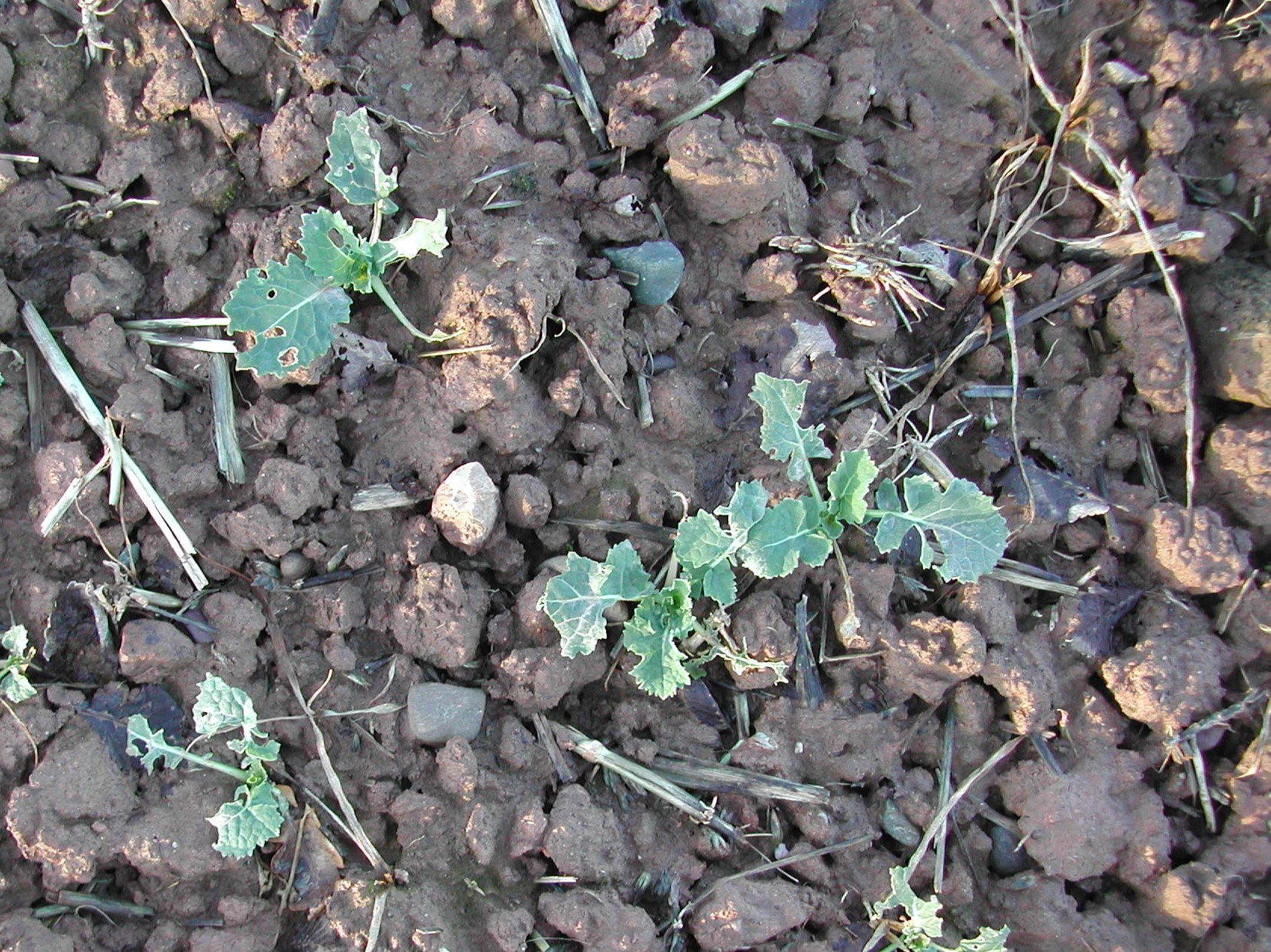
Oilseed rape can be tricky to grow, particularly given the challenges around establishment in dry or very wet seasons, and pressure from flea beetle, pigeons, or slugs.
Intra-field management may be used to manage risks in other ways too, he adds. Oilseed rape, for example, can be tricky to grow, particularly given the challenges around establishment in dry or very wet seasons, and pressure from flea beetle, pigeons, or slugs.
“Pigeon grazing is often more severe on headlands or near woodlands, so one way of mitigating the ‘unknown’ of whether OSR will be profitable might involve putting consistently poor-performing areas into a different crop, or a rotational stewardship option for a guaranteed payment, he suggests.
“You then know the seed cost for the stewardship mix, know what payment you will receive and also won’t have to invest as much capital in the form of fertiliser or sprays. Inputs can then be better targeted at the areas of the field where you can be more confident of achieving a profitable return.”
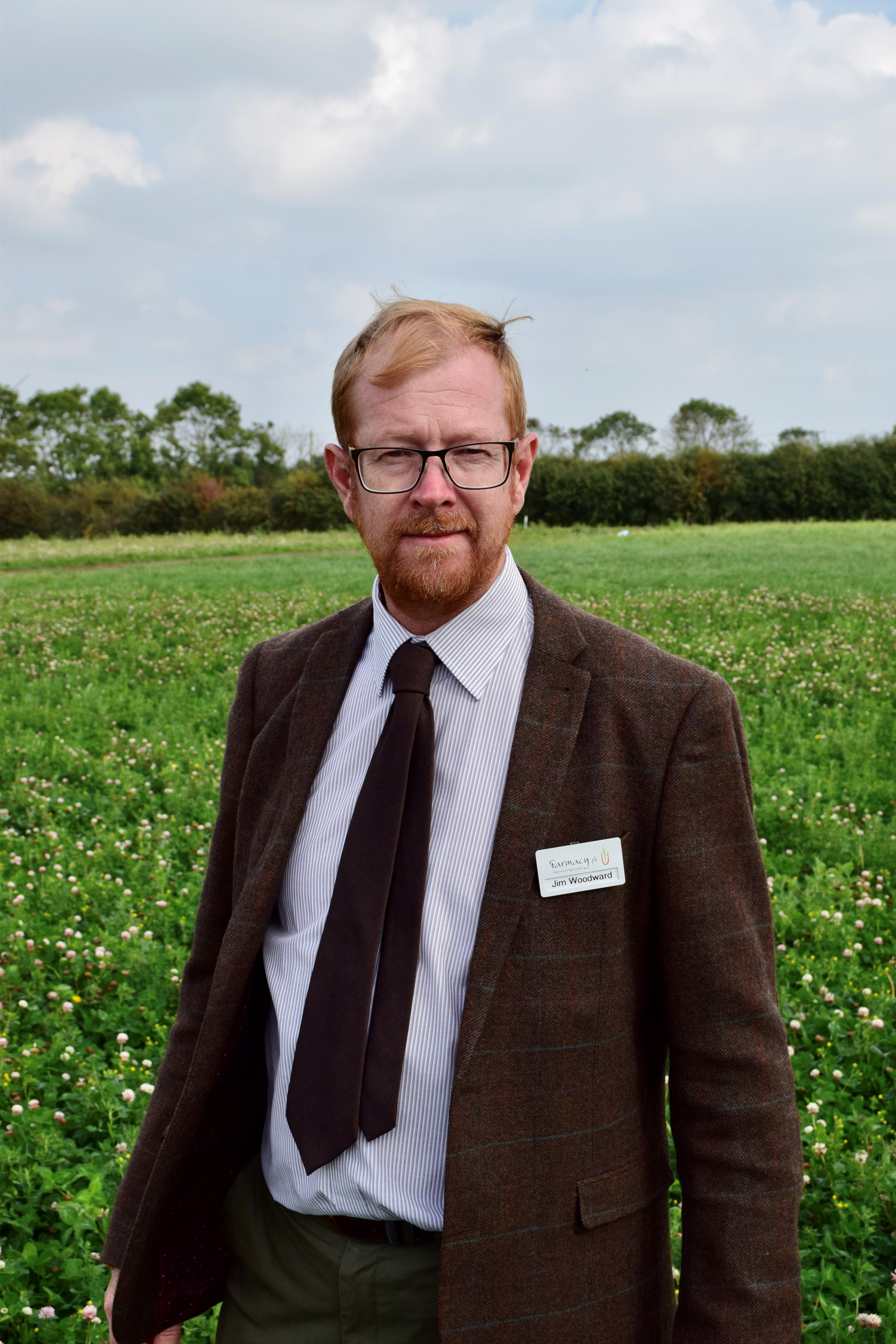
Jim Woodward says that agriculture is currently in a transition period, so we need to be changing what we do on farm to move forward.
Variations in the structure, health, organic matter, pH and nutrient status of soil are a big cause of in-field variability, and poor-quality soils increase many risks – from poor nutrient availability to land being difficult to work into a seedbed, says Jim. He therefore urges growers to use the Sustainable Farming Incentive (SFI) Soils Standard as the catalyst to gain a better understanding of their soils.
“Start with in-depth testing of the physical, chemical and biological properties to assess the current condition and identify any issues that need addressing. One detailed soil test is the fraction of the cost of a tonne of fertiliser, so you’ve got to look at the bigger picture.”
Assessing soil in detail can help growers target cultivations and make more precise applications of fertiliser, lime, seed and other inputs. It also provides valuable information ahead of any change in cultivation strategy, such as moving to reduced tillage or direct drilling, he says.
“Switching from ploughing to direct drilling for example, could be a good way of reducing costs, increasing efficiency and building soil health, but is your soil ready for such a big change? Examining key soil characteristics, such as bulk density, should be the priority before you start looking at what new machine to buy.”
Jim supports the principles of regenerative agriculture in building the resilience of soils and reducing crop risks. “Generally, less is more when it comes to cultivations, but it has to be right for the soil. You can’t just cut out cultivations or inputs without fully understanding how it will work,” he comments.
Reducing tillage intensity and increasing organic matter, for example, is widely recognised as a cornerstone of building more resilient soils, benefitting structure, water holding capacity, nutrient cycling and availability, and workability, he adds.
“A lot of soils are quite low in organic matter, but not all soil types are able to support a high organic matter content, particularly light, sandy types, so it’s important to understand what target is achievable for a particular soil. Looking at the soil organic carbon to clay ratio can be a useful measure in this respect.”
Lying at the heart of many routes to managing in-season risks is the use of integrated crop management, utilising the full range of agronomy tools available, he adds. “ICM is already a big part of what farmers do, but we can take more of these principles and employ them on-farm to reduce risk.”
This includes anything from the use of genetic resistance in varieties to mitigate pest and disease threats like Orange Wheat Blossom Midge or septoria, to integrated cultural and chemical grassweed controls, or the use of foliar or placement fertilisers to improve nutrient uptake efficiency.
“It’s about farming in a way that’s economically, environmentally and technically sustainable. Agriculture is currently in a transition period, so we need to be changing what we do on farm to move forward.”
The true cost of production
Yorkshire farmer Nick Wilson believes all farmers have to get better at managing risk, especially as the loss of the Basic Payment Scheme (BPS) will remove a valuable buffer for many businesses.
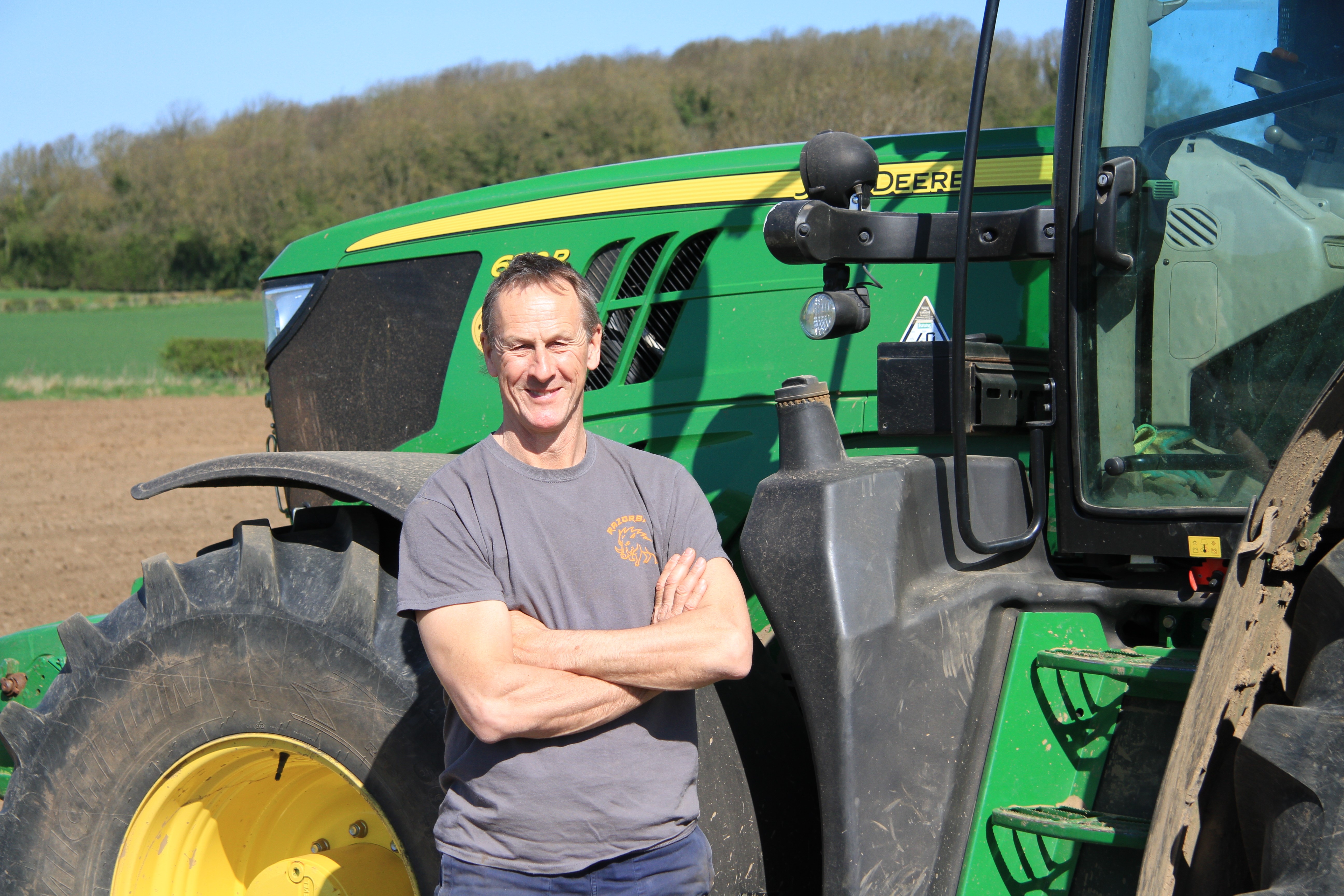
Nick Wilson has moved from macro to micromanagement, using Omnia and its cost of production mapping, to analyse costs on a field and intra-field level.
“We’re all risk takers. Not many other businesses would invest considerable amounts of money in producing something with little or no guarantee of getting a return. For many farms, the BPS has been a fantastic backstop to protect against risk. But with that going, we have to get better at understanding the risks and managing them, which may include not planting a crop if we can’t make money on it.”
Nick, who hosts Hutchinsons’s Helix Yorkshire demonstration on his farm just outside York, says knowing the true cost of production is key to risk management.
“Historically we’ve taken a macro approach using the farm accounts at the end of the season to see whether we’ve made a profit. But that’s changed, and we’re now moving into micromanagement, using Omnia and its cost of production mapping, to analyse costs on a field and intra-field level.
“We can see the exact areas that return a profit and those that don’t, allowing us to either manage problem areas in or out of the cropping system.”
Layering this information with Terramap soil analysis has helped build a detailed picture of soils across the farm, highlighting potential causes of poor yields, and providing valuable information for more targeted input use, notably variable rate nutrients and lime, he notes.
“Data collection, mapping and analysis has allowed us to identify factors behind poor yielding areas that we may not have thought of.”
Nick says protecting and improving soil health underpins risk management on the 260ha farm, which has a nine-year rotation incorporating wheat, barley, oats, and peas, plus land let out for potatoes and winter sheep grazing on stubble turnips. He also has bed & breakfast cattle which utilise the farm buildings and some grass in the rotation.
The varied rotation spreads risk and incorporates several elements to build soil health and fertility, including the three-year grass leys for grazing livestock. “Some of our ground is fairly light, so without the grass and muck we could soon lose soil health.”
Overwinter cover crops have become another important part of the rotation, increasing the resilience of the farming system by further improving soil health, he adds.
The business has turned away from ploughing and now uses a strip tillage system to establish most combinable crops, which has resulted in big savings in time, fuel and wearing parts, he says.
“We’re fairly well kitted up with machinery to do most jobs ourselves. Generally, we’ve bought new machinery when required but have extended our replacement policy by three to five years to widen the hit on depreciation. Equipment has to be reliable to do this though.”
When marketing grain, Nick prefers not to sell forward but instead follows global markets closely to take an informed position on what to sell and when throughout the season. Knowing the true cost of production for every crop is therefore vital to help him know when a good time is to sell.
Looking ahead, Nick recognises that with BPS going and input costs remaining relatively high, at least in the short-term, there will be more pressure on land to perform and questions will be asked of areas that can’t deliver. If problems can’t be rectified, he’s willing to take land out of production and is considering Environmental Land Management (ELM) scheme options as an alternative land use.
“We constantly review the financial and practical implications of converting poorly performing areas into stewardship, but it has to work for our business. For example, I wouldn’t want to establish grass margins or multi-species in-field options, only to see them increase the weed burden within our rotational cropping. We must all remember that every decision has a consequence.”
This article was taken from the latest issue of CPM. For more articles like this, subscribe here.

